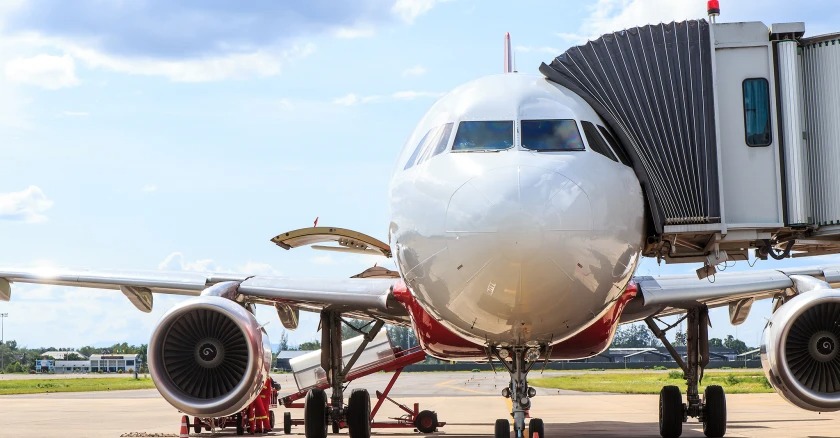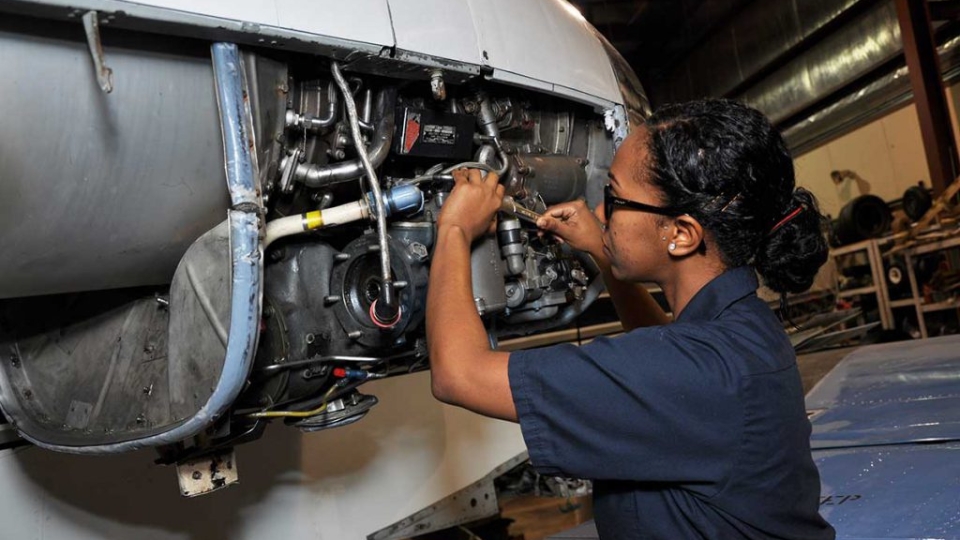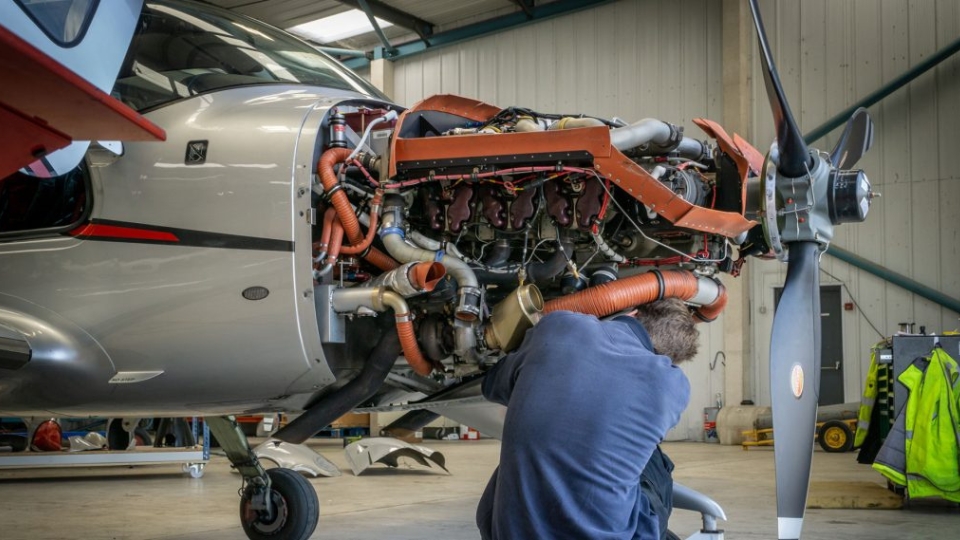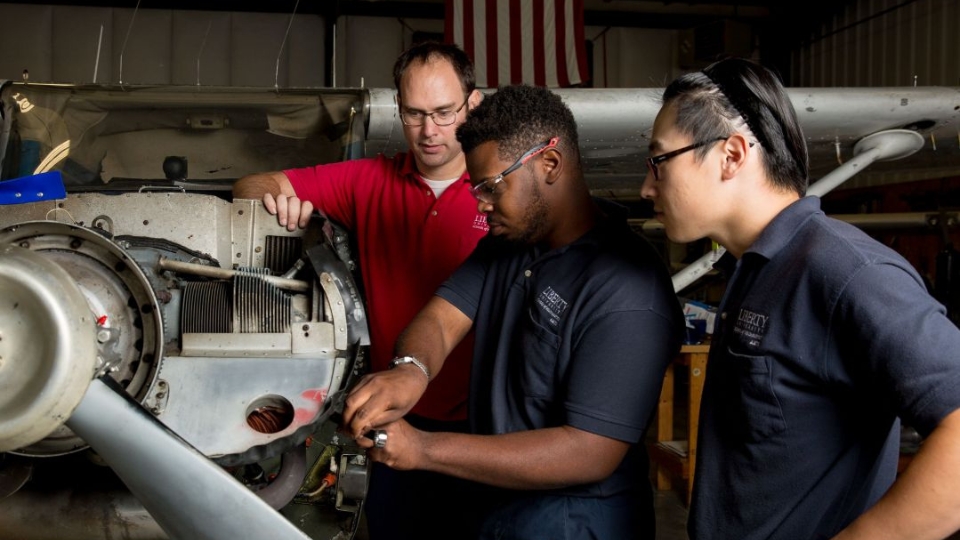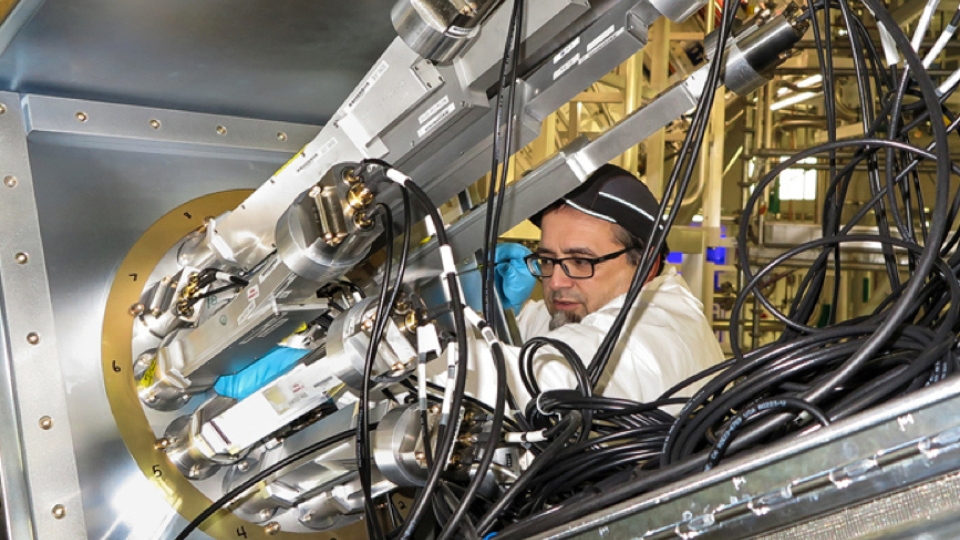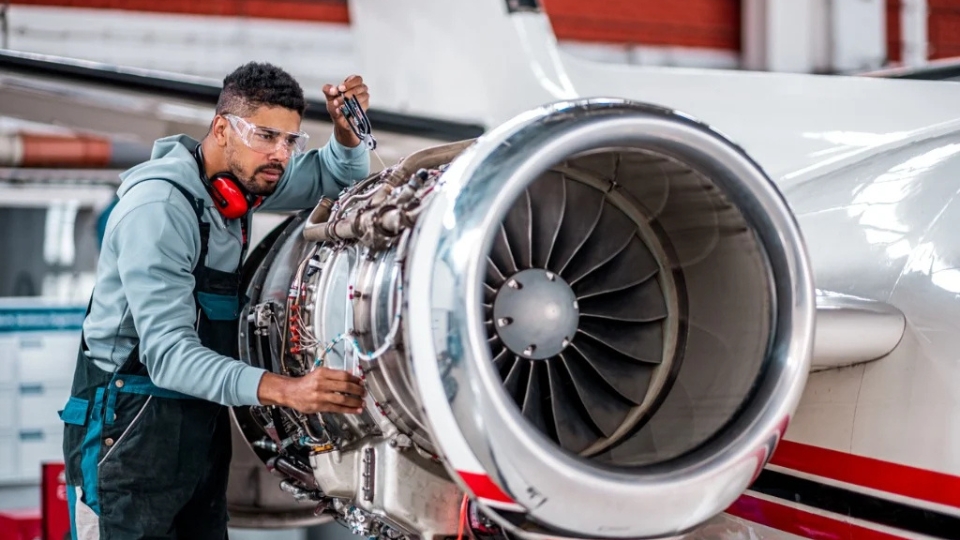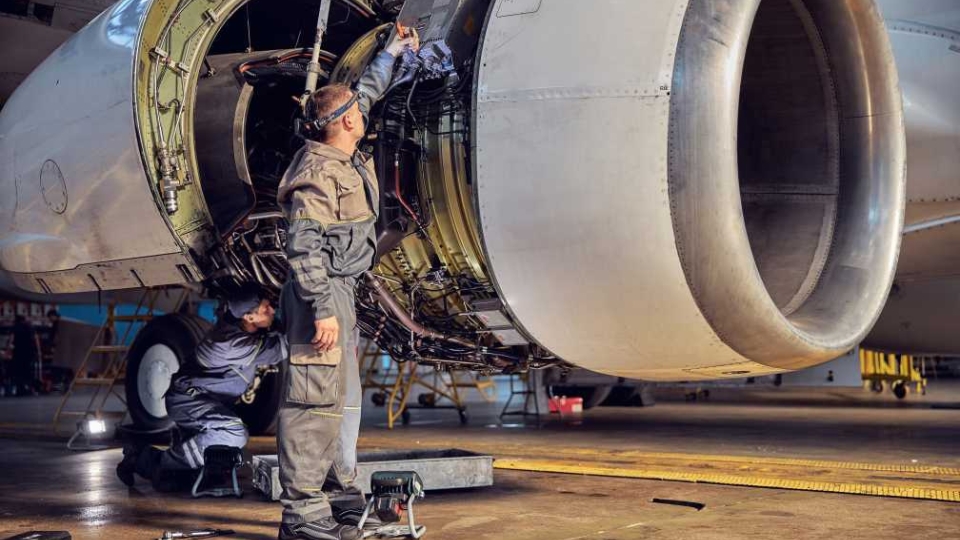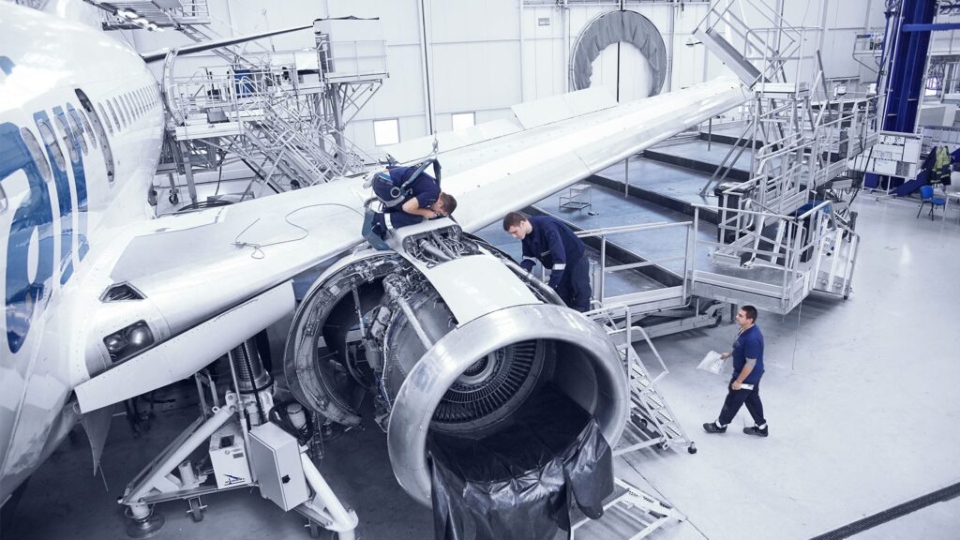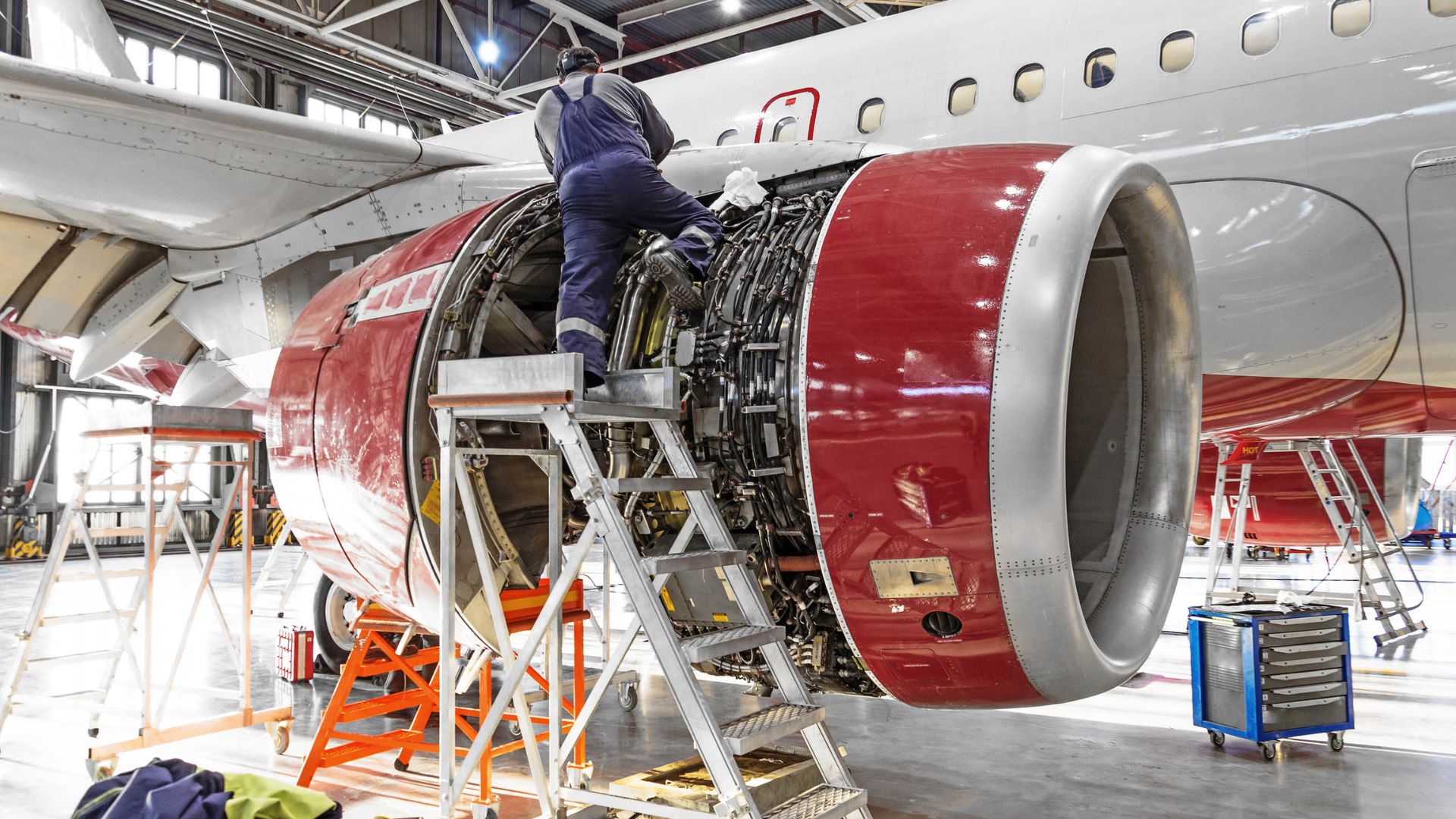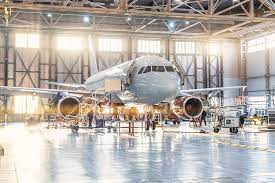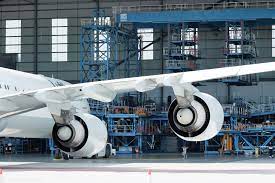Airlines face a critical decision when building or updating their fleets: selecting the right aircraft. Choosing the wrong plane can increase costs, reduce efficiency, and limit growth opportunities. Airlines consider multiple factors, including passenger demand, route length, fuel efficiency, and operational requirements. Understanding this decision-making process helps explain why certain aircraft dominate the skies.
Evaluating Route Requirements
The first factor airlines consider is the routes the aircraft will serve. Short-haul flights need planes that can take off and land efficiently at regional airports. Aircraft such as the Embraer E175 or Airbus A220 are ideal for these routes due to their size, maneuverability, and efficiency.
For long-haul international flights, airlines require wide-body aircraft with extended range capabilities. Models like the Boeing 787 Dreamliner and Airbus A350-900 provide fuel efficiency, passenger comfort, and the ability to fly nonstop on long routes. Route analysis ensures that airlines match aircraft capabilities with travel demands.
Passenger Capacity and Demand
Airlines also analyze passenger demand when selecting aircraft. They must balance seat capacity with expected occupancy rates. Flying half-empty planes wastes fuel and reduces profitability.
Narrow-body aircraft like the Airbus A320neo or Boeing 737 MAX are popular for high-frequency, medium-capacity routes. Wide-body planes are reserved for flights with higher passenger volumes. Airlines use historical data, market research, and booking trends to estimate demand accurately.
Fuel Efficiency and Operational Costs
Fuel is one of the largest expenses for airlines. Modern aircraft are designed for fuel efficiency, which can significantly reduce operating costs. Airlines consider engine performance, aerodynamics, and weight when choosing planes.
Maintenance and reliability also influence decisions. Airlines prefer aircraft with proven performance records and lower maintenance needs. Efficient planes save money over time and support sustainable aviation initiatives by reducing emissions.
Airport Compatibility
Airlines must ensure their aircraft can operate at the airports they serve. Some regional airports have short runways or limited gate sizes, restricting the types of planes that can land safely.
Similarly, wide-body aircraft require longer runways and larger gates, which are only available at major international airports. Matching aircraft to airport infrastructure avoids operational challenges and ensures smooth schedules.
Fleet Commonality and Training
Operating multiple aircraft types increases costs for training, maintenance, and parts inventory. Airlines often prioritize fleet commonality, choosing planes with similar engines, controls, and systems.
For example, airlines operating the Airbus A320 family can train pilots, technicians, and crew for multiple variants with minimal additional cost. This approach reduces complexity and enhances operational efficiency.
Technological Features
Modern aircraft come with advanced technology, such as fly-by-wire controls, enhanced navigation systems, and improved cabin amenities. Airlines consider these features to improve passenger experience, safety, and operational performance.
Aircraft with advanced avionics, digital monitoring, and automated systems also allow more precise route planning and fuel management. These technologies provide long-term benefits for airlines in competitive markets.
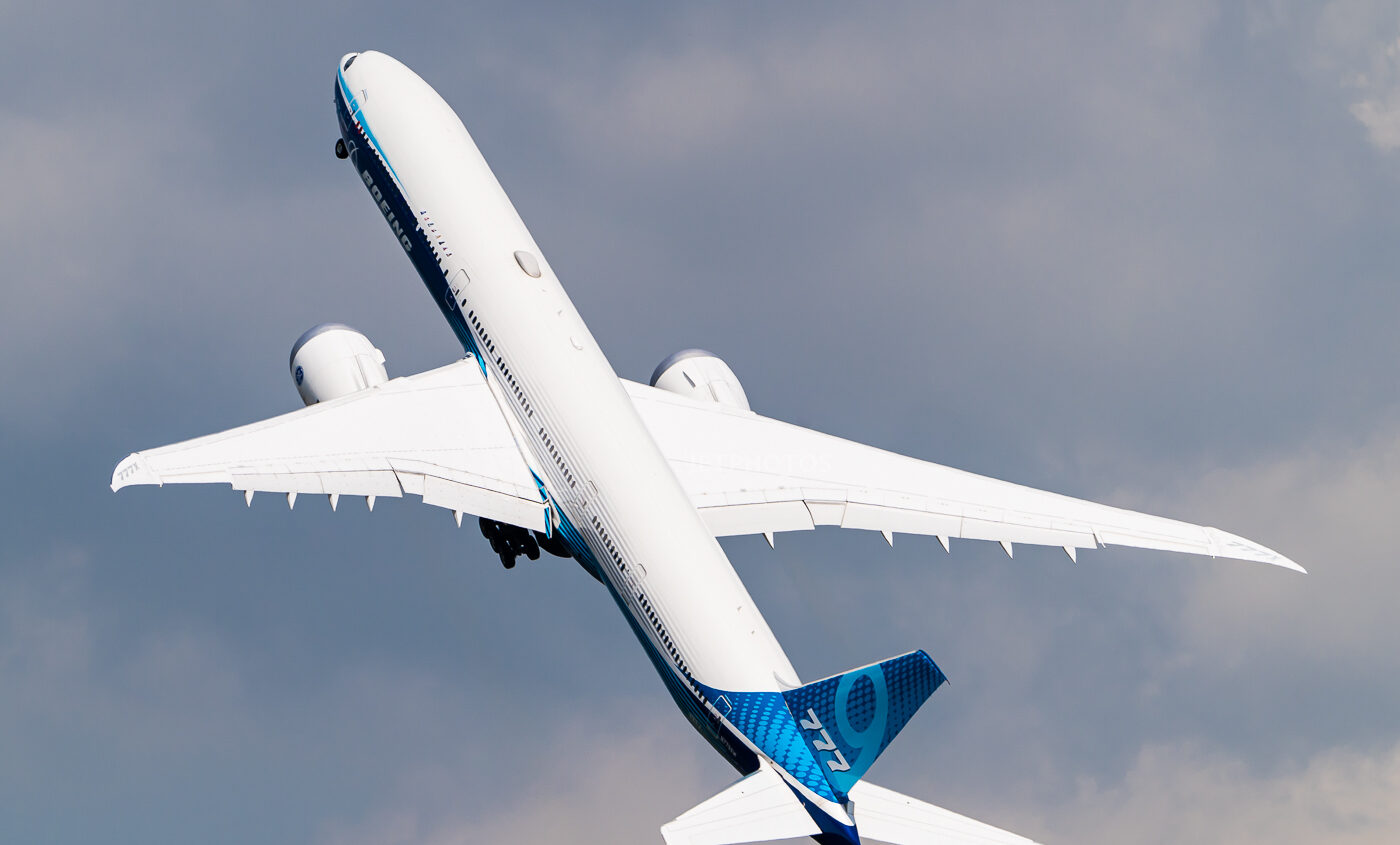
How Airlines Choose the Right Aircraft for Their Fleet
Environmental Considerations
Sustainability is becoming a major factor in fleet decisions. Airlines increasingly prioritize fuel-efficient planes and models compatible with sustainable aviation fuels (SAF). Reducing carbon emissions is not only environmentally responsible but also helps airlines comply with regulations and appeal to eco-conscious travelers.
Conclusion
Choosing the right aircraft is a strategic decision that affects an airline’s profitability, efficiency, and reputation. Airlines evaluate route requirements, passenger demand, fuel efficiency, airport compatibility, fleet commonality, technology, and environmental factors. By carefully analyzing these elements, airlines ensure their fleet meets operational needs while staying competitive in a rapidly evolving industry.

